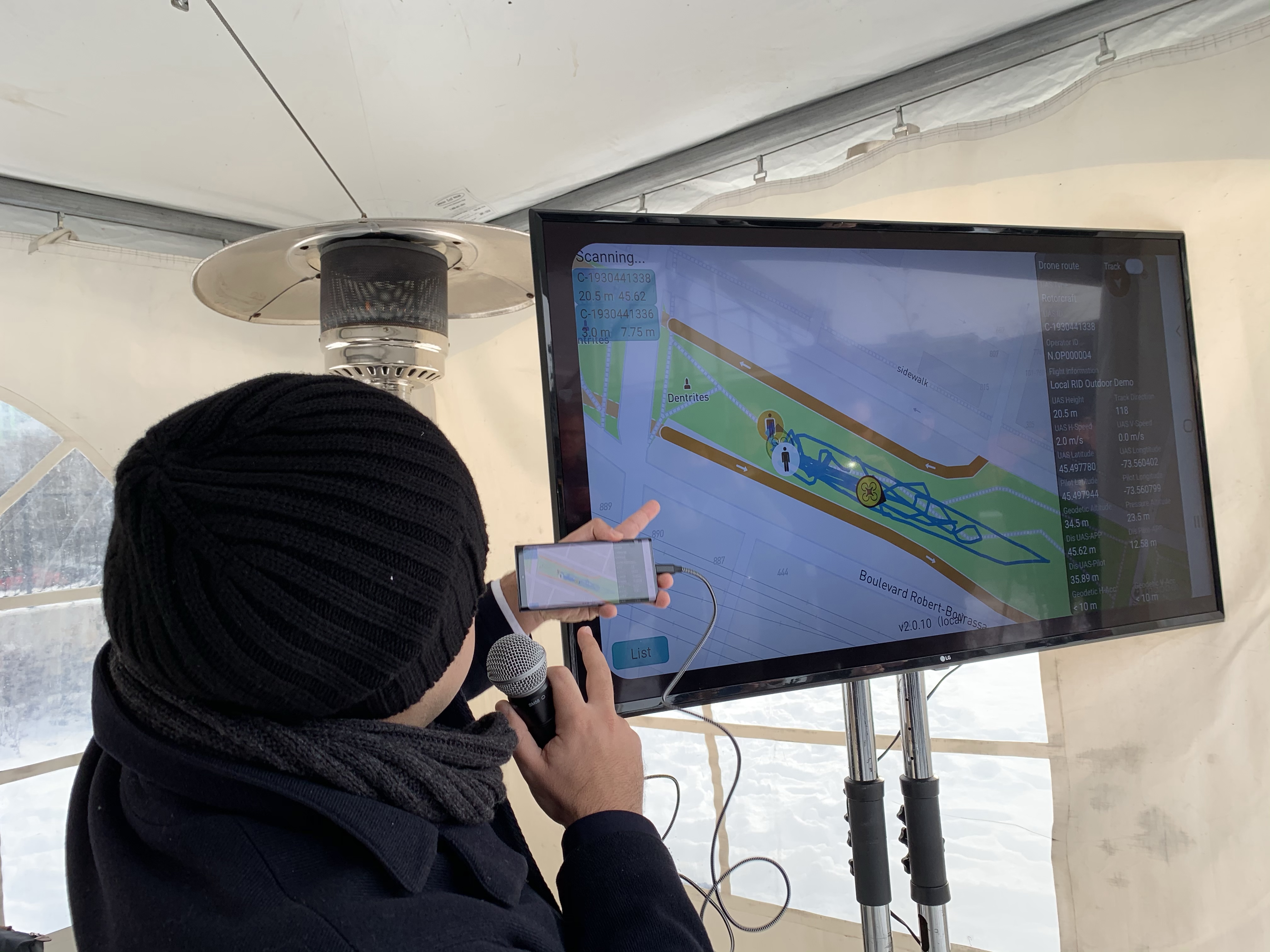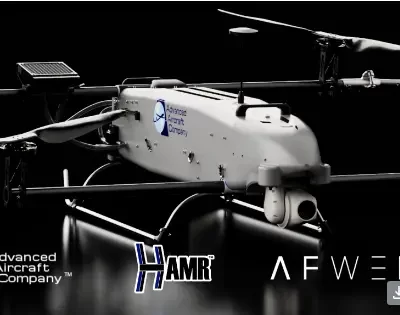
The future of remote identification (remote ID) compliance may have just gotten easier—and cheaper—for pilots after a successful demonstration of DJI’s drone-to-drone Wi-Fi-based solution that promises an easy and low-cost way to identify airborne drones via a downloadable app on smartphones.
The pioneering development comes at a time when aviation regulators around the globe are moving to require remote ID systems on drones to address safety and security concerns and pave the way for more complex drone use.
Pending the approval of aviation regulators and the publication of the ASTM International standard, DJI’s solution could soon allow pilots an alternative to meeting remote ID requirements with asimple software update so they don’t have to invest in equipment changes, ID service provider subscriptions and data plans to comply.
The solution wouldn’t just benefit pilots, however. The remote ID app would allow any member of the public with a personal smartphone to identify nearby drones in flight and learn about theirlocation, speed, direction, identification number and location of the pilot. It would also let people see descriptions of a drone’s task, such as inspecting a roof or surveying a construction site.
“Remote ID functions as an electronic license plate for drones, allowing anyone who is curious about a drone in the sky to learn more about what it’s doing,” said Brendan Schulman, DJI vice president of Policy & Legal Affairs in a press release. “DJI’s direct drone-to-phone remote ID shows we’re committed to providing a solution in a way that is instantly usable worldwide without any additional infrastructure.”
While it’s not available just yet, the demonstration of DJI’s remote ID solution at the International Civil Aviation Organization’s Drone Enable conference in Montreal, Canada this month met government expectations when participants used basic Samsung, Google and Xiaomi phones to receive Wi-Fi signals from a DJI Mavic Air and a Mavic 2 Enterprise drone.
From the outset, the system was built with the goal of conforming to the forthcoming ASTM International standard for broadcast drone remote ID and was developed over an 18-month period in collaboration with a broad group of industry and government stakeholders.
The technology uses the Wi-Fi Aware protocol that allows mobile phones to receive and use the Wi-Fi signals directly from airbornedrones. Since it doesn’t need to connect to an external system orcellular network, the signals work in remote areas and can be received more than a kilometer away.
This solution is an evolution of the broadcast methodology pioneered by DJI AeroScope, the professional remote ID system first introduced in 2017 for airports, prisons, stadiums and other critical locations protected by police departments and other government agencies.
While the U.S. Federal Aviation Administration (FAA) has said it will release a mandatory remote ID proposal by the end of this year, the rulemaking process will take more than a year to complete, so an FAA industry committee has urged manufacturers to develop voluntary remote ID systems in the interim. The European Union Aviation Safety Agency (EASA) plans to impose remote ID requirements in July 2020.
“Wi-Fi is the premiere way to connect devices in the modern era, and we are pleased that Wi-Fi Aware from Wi-Fi Alliance provides a reliable, virtually cost-free solution for drone Remote ID that can be implemented in many drones with just a software update,” said Wi-Fi Alliance, a worldwide network of more than 850 companies. “Wi-Fi Alliance will help facilitate broad industry collaboration on implementation of Wi-Fi Aware as this solution is adopted by manufacturers and policymakers.”






